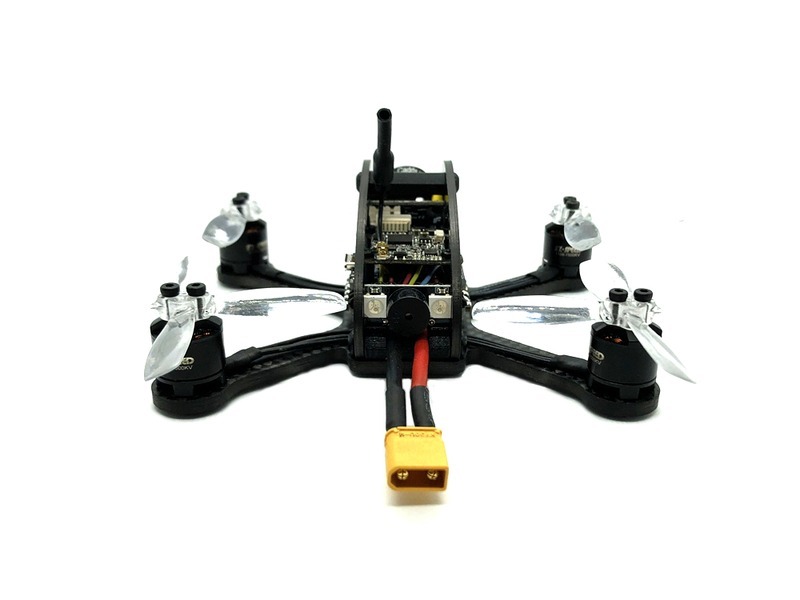What happens if a drone loses a propeller?

If a drone loses a propeller, it can no longer fly and will have to be grounded until the propeller is replaced. Depending on the type of drone, replacing the propeller may be a simple task or it may require more technical expertise.
If the propeller is lost while the drone is in flight, the drone will lose altitude and may crash. The severity of the crash will depend on the altitude of the drone, the speed of the drone, and the type of drone. If the drone is close to the ground, the crash may be minimal and the drone may be repairable. If the drone is at a higher altitude, the crash may be more severe and the drone may be damaged beyond repair.
The drone may also become unbalanced without a propeller, causing it to spin or roll out of control. If the drone is in an enclosed space, this could cause significant damage to the environment and any people or objects in the vicinity.
If the propeller is lost due to mechanical failure, the cause of the failure should be determined and the propeller should be replaced with a new one. If the propeller is lost due to a crash, the cause of the crash should be determined and the propeller should be replaced with a new one. In either case, it’s important to ensure that the propeller is the correct size and type for the drone before attempting to fly it again.
In addition to replacing the propeller, a drone owner should also inspect the drone for any other damage that may have been caused by the loss of the propeller. If the drone has been damaged, it should be repaired or replaced before attempting to fly it again.
Finally, it’s important to remember that drones are not toys and should not be operated by anyone who is not properly trained and experienced in flying them. Flying drones can be dangerous, so it’s important to take all necessary precautions to ensure the safety of the drone, the operator, and anyone else in the vicinity.
Comments / Question
1. Inspect the propellers before each flight for any signs of damage or wear.
2. Make sure the propellers are securely attached to the drone and that all screws are tightened.
3. Balance the propellers to ensure that they are spinning evenly.
4. Ensure that the drone is powered off and the propellers are stopped before attempting to remove or replace them.
5. Store the drone in a cool, dry place.
6. Clean the propellers regularly to remove any dirt or debris that may interfere with their performance.

